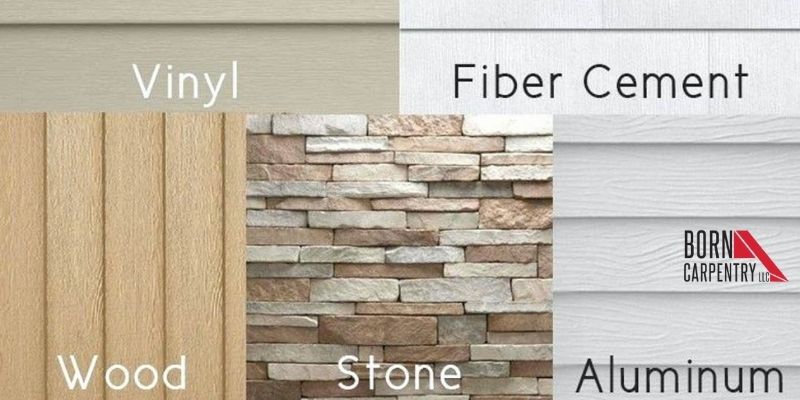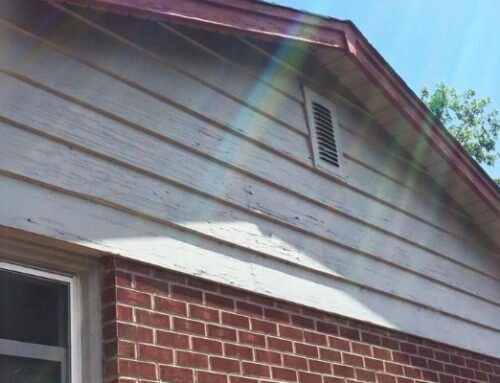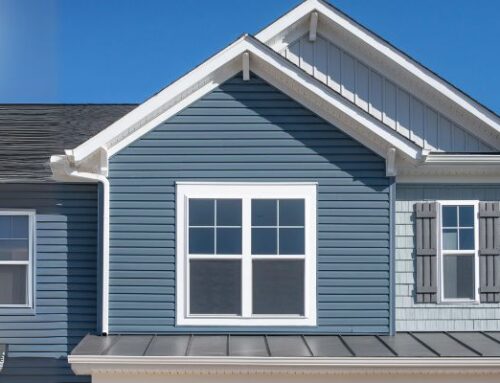Deciding to invest in new siding is not an easy decision to make. It is most likely a long-term commitment, and you have to live with the consequence(s) of your choice. New siding can “make or break” your home’s appearance. Therefore, you must consider things like siding material, insulation, durability, and ease of maintenance as much as the overall look before investing in new siding.
Types Of Siding

Siding materials are available in many options. You should know the options and their perks before investing in any of them. The most common materials used for siding are wood, metal, vinyl, and fiber cement. Wood siding looks great and elegant when installed. However, wood gets weathered with time. Metal siding, on the other hand, is sophisticated and highly durable. Vinyl siding is reasonably durable and inexpensive. There are pros and cons to each siding material.
5 Things To Know Before Investing In New Siding
Siding replacement should be done in moderate temperatures. It is best done during the fall or spring months. You should never install siding material in peak summer or winter months. It is also recommended that you consider the state of your shutters, gutters, and roof before replacing your siding. Any roof replacement or repair should be done before installing new siding.
Siding acts as the first line of defense in protecting your home against elements of severe weather. However, your siding may fail with time. When siding succumbs to the elements it once protected you from, you probably need a replacement.
Replacing the siding is an investment, and you should consider the following things before doing so…
1. High stakes
Siding can be repaired if the damage is minor. However, you may need to invest in new siding once you have moisture and water damage, peeling from weather, fading, cracking, and/or damaged panels or boards. The structural integrity of your home may be compromised when a repair is done to fix any of the aforementioned damages, so it’s sometimes better to replace than repair for the overall good of the house.
A small break in siding material can allow moisture to reach the interior of your home. When this happens, there’s wood rot, potentially resulting in damage to items in the home.
Furthermore, openings that allow water into your home can invite pests and other unwanted elements.
2. Maintenance

There are numerous siding options from which you can select. Before investing in any of the siding material available to you, consider checking its particular features. The durability of the siding you choose to invest in depends on the type of material it is made of– vinyl siding, for instance, is low-maintenance, highly affordable, and available in various colors. Wood siding, on the other hand, has a more traditional appeal. Metal siding does not require much maintenance. Although metal materials would need repainting when the enamel coating begins to fade, it still would last for decades.
In all, vinyl siding is usually the preferred choice for most homeowners because it is resistant to dents and scratches and can also have the elegant looks of wood siding.
3. Efficiency
Whenever you notice an increase in your energy bill, it is wise to check your home siding immediately. Unseen holes and gaps can cause an increase in your electricity bills. These costly bills can be avoided if you create a controlled temperature within your home. You can do this by investing in new siding.
Your siding is not working at its best when air freely enters and exits your home. This will cause your HVAC to work harder, thereby consuming more energy. Investing in new siding will let your HVAC technology work at maximum efficiency.
If you are getting new siding, choose one that offers “better thermal performance.”
4. Aesthetics
Your home’s outward appearance can tell about your priorities, style, and personality as a homeowner.
Besides repainting your siding, consider replacement. The number of options available for a replacement makes it easier to combine color and texture to reflect your personal preference. New siding can also be installed to best suit the surrounding neighborhood and highlight your home’s architectural style.
5. Resale value
You should consider your home’s value when planning to invest in new siding. Your home’s value is determined by the value of the properties that surround your house as well as current economic conditions. Invest in new siding if it will significantly add value to your home.
Conclusion
First impressions matter; Most times, your home’s siding is the first thing people see when they notice the exterior of your home. If you think your current siding needs repair or replacement, call Born Carpentry at 612-747-8003.






